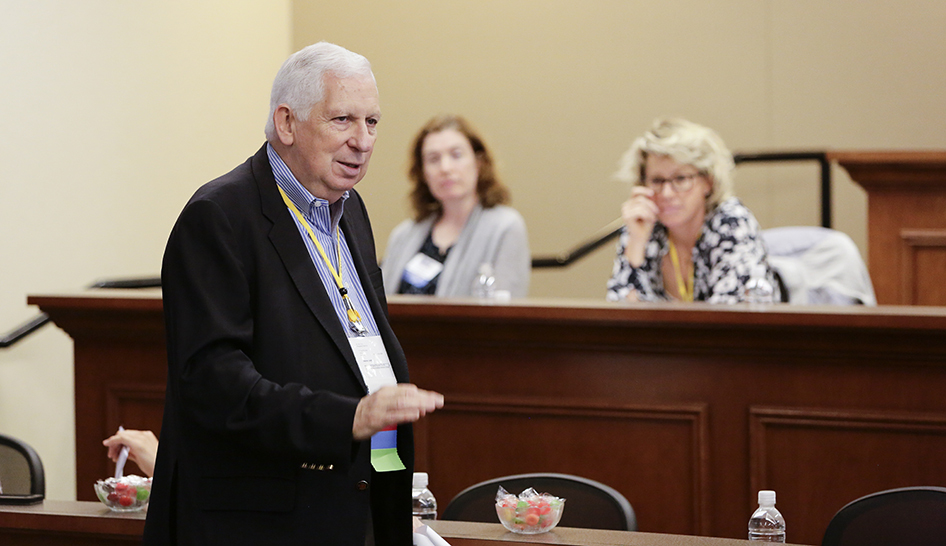Third, most governmental authorities truly believe that there would be some clubs or studios who will not conform to regulations. So, these local and state governmental leaders will be biased against the category. This may be because of a few clubs in a state alliance who may have had a prior history of not conforming to state or local regulations and have tainted “records” with the state attorney general, consumer affairs department, Better Business Bureau, and other local governmental agencies. So, clubs need to be proactive now.
IHRSA has launched an Active & Safe Commitment pledge. This is similar to what is already happening in the hotel, airline, and restaurant industries. It is a commitment to adhere to such regulations as physical distancing, safety protocols, sanitizing procedures and contract tracing systems. If each of the clubs in a state alliance pledged a commitment to this "Active & Safe" environment, officials would understand the club industry separately and—hopefully, much more favorably—from a wide variety of other types of use for indoor spaces.
If this still does not seem to be effective with governments, a third-party validation company may have to be utilized to help clarify how clubs are really behaving and controlling the virus properly.
Obviously, with these suggested steps, it is ideal to have a voice at the decision-maker’s front door. Sometimes, there may be a club industry leader who has such a relationship. That was the case in a few states recently. This is the much preferred method of influence. If the three actions above plus the use of personal influence were implemented, there would be no need to even consider legal action.

